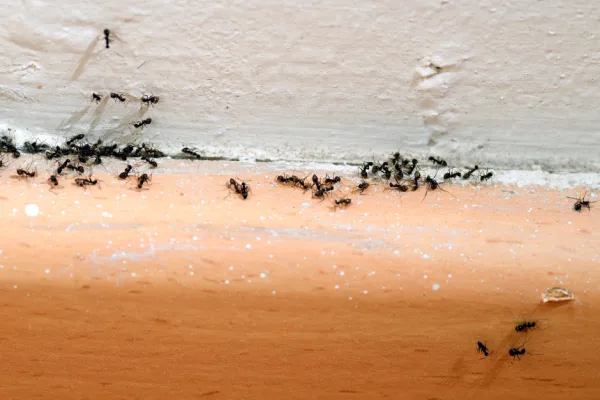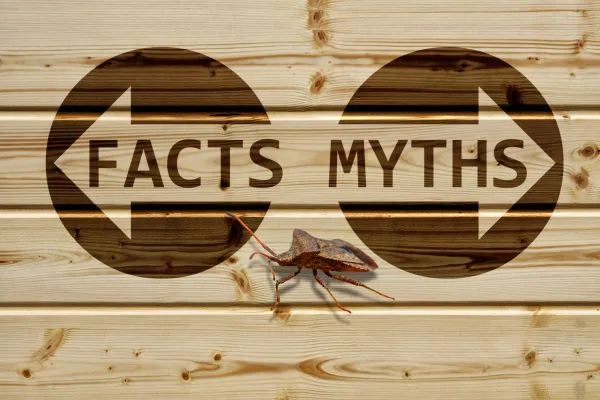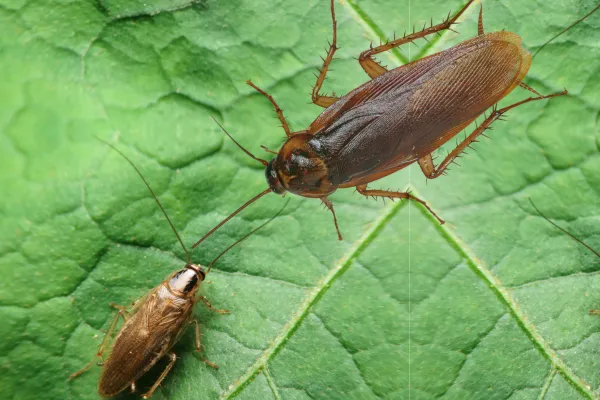How Temperature Shifts Increase Pests

How Temperature Shifts Cause Pests to Increase
Pest activity is closely tied to temperature changes, making seasonal shifts a key factor in determining when and where infestations occur. As temperatures rise or fall, pests adjust their behavior to survive and thrive, sometimes leading them straight into homes. Understanding how these shifts impact pest populations can provide insight into their behavior and patterns.
Why Temperature Changes Increase Pest Activity
Warmer Weather Brings Breeding Booms
Many pests, such as ants, termites, and mosquitoes, become more active as temperatures warm up. Warmer conditions accelerate their breeding cycles, leading to larger populations in a shorter period. This is why spring and summer often see spikes in infestations.Cold Weather Drives Pests Indoors
When temperatures drop, pests like rodents, cockroaches, and spiders seek shelter in warm, indoor spaces. Your home offers food, warmth, and safety, making it an ideal refuge for these invaders during the fall and winter.Fluctuating Weather Can Disrupt Natural Habitats
Rapid changes in temperature—such as an unexpected cold snap or heatwave—can force pests to find new shelter quickly. Pests often seek out homes, garages, and sheds for stability.Increased Moisture Attracts Pests
Temperature shifts often bring increased humidity or unexpected rainfall. Many pests, including termites and cockroaches, thrive in moist conditions. If drainage issues exist around a home, standing water can become a breeding ground for insects like mosquitoes.Extended Warm Seasons Lead to Longer Infestation Periods
In many regions, climate change has resulted in extended warm seasons, which means pests have a longer window for activity and reproduction. This can lead to larger and more persistent infestations year-round.Temperature-Dependent Metabolism Affects Activity Levels
Many cold-blooded pests, including spiders, have metabolic rates directly influenced by temperature. Warmer conditions speed up their metabolism, making them more active, while cooler temperatures slow them down. However, many species have adapted to seek shelter and warmth when temperatures drop, allowing them to remain active even in colder months.
Understanding how temperature changes impact pest activity is crucial for predicting infestations and taking necessary precautions. Being aware of these behavioral shifts can help in managing pest populations effectively.


